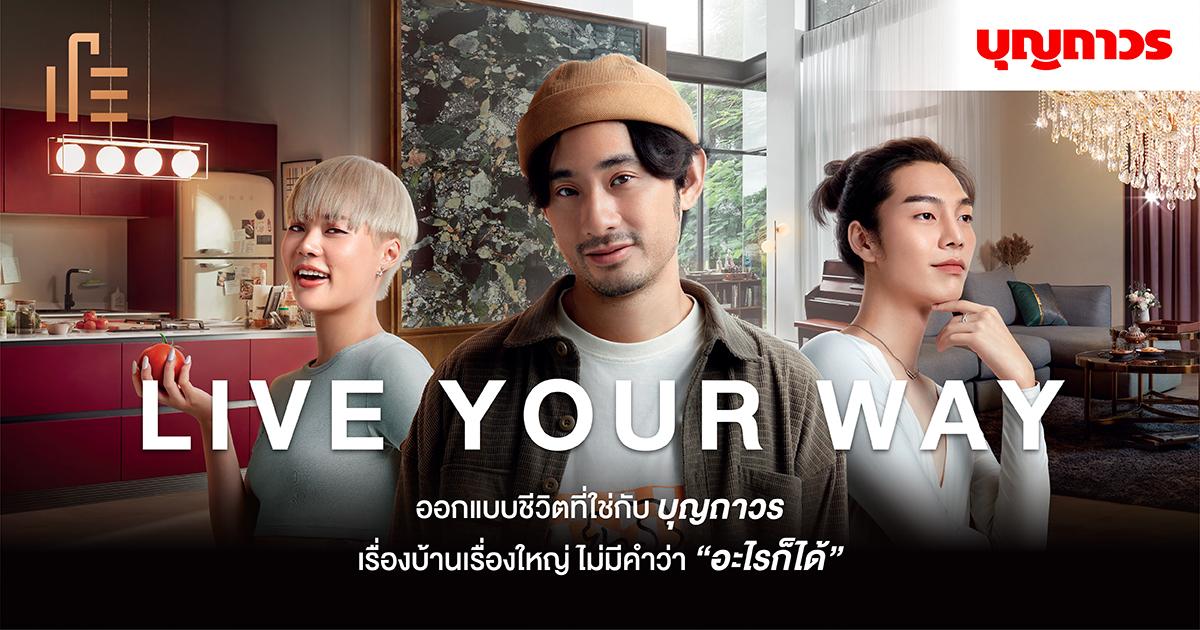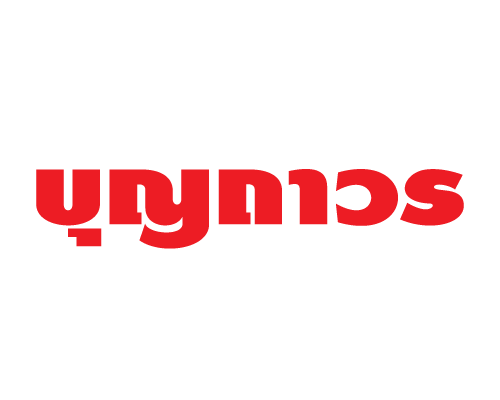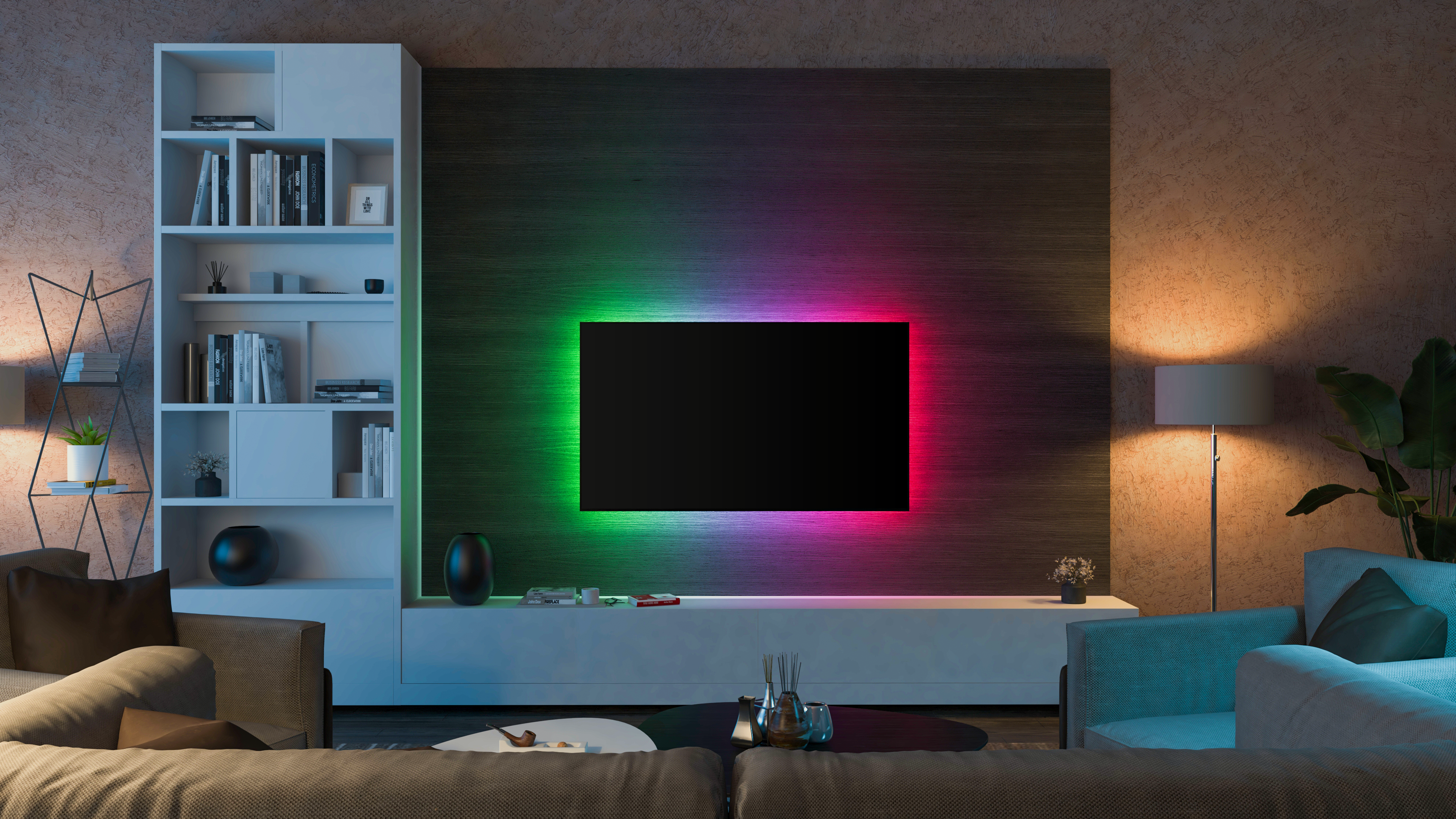The creative effectiveness opportunity
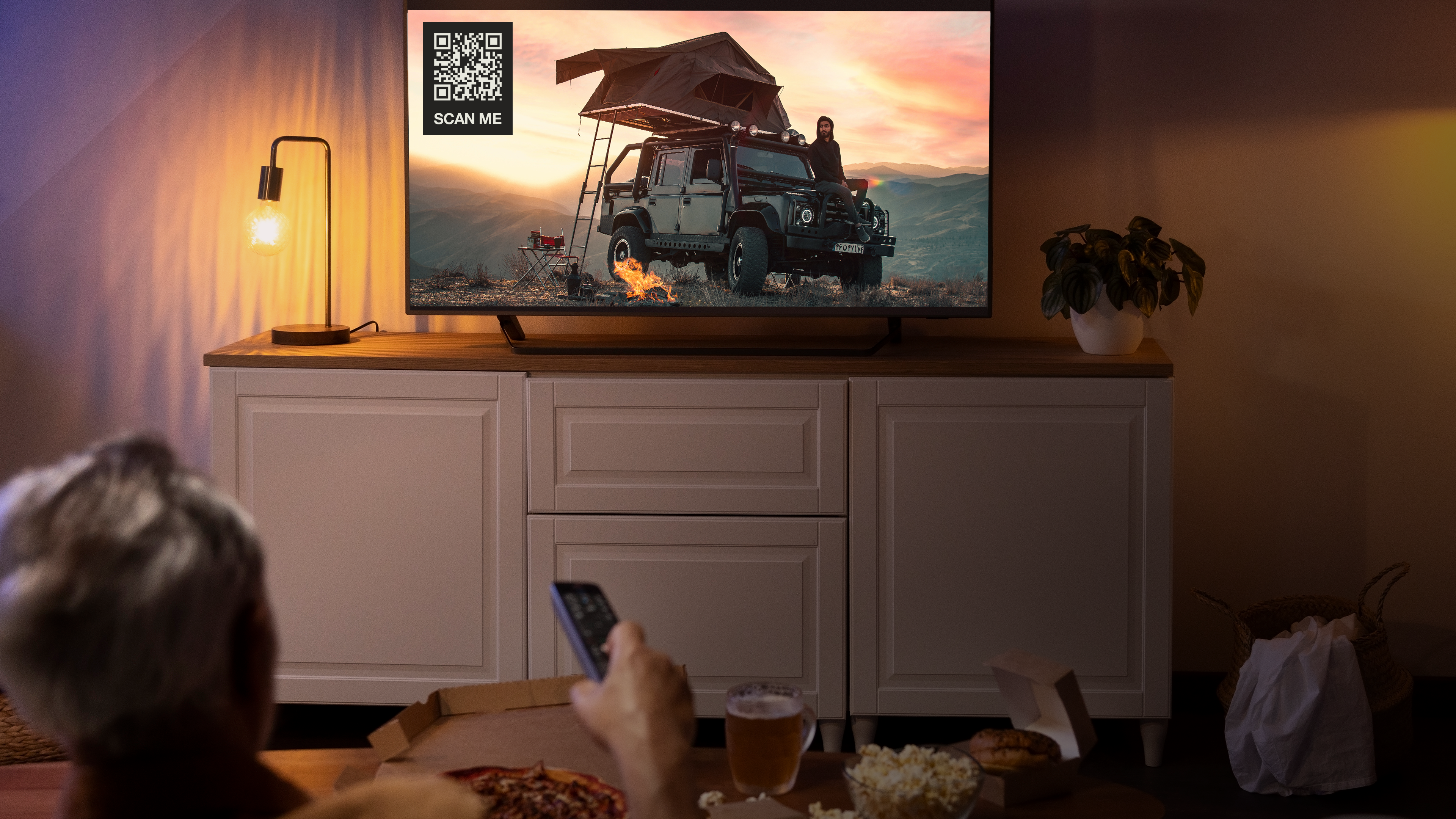
The pace of technological and data advancements in the TV industry in recent years can easily lead people to believe that we are now in “The Golden Era of TV."
Thanks to addressable TV, advertisers can deliver messaging to custom audiences across TV formats using best-in-class partners and data. Cost-effective incremental reach, geotargeting and lower funnel performance are just a few of the tangible benefits for advertisers of all sizes who integrate addressable TV into their media plans.
Viewers have benefitted, too. Not only can they watch TV at any time across a plethora of screens, but they also have access to a greater choice of content, quality of content and improved privacy, all while receiving relevant ads. The quality of data that fuels addressable TV has made it possible to show audiences ads that capture their attention and resonate deeply.
But it mustn’t stop there. To maintain that emotional connection, be that content or advertising, TV must continue to innovate.
A creative reawakening
Over the last five years, we’ve demonstrated effectiveness and value for our clients across a wide range of sectors via addressable TV. We’ve accomplished this primarily by optimising media placements using our proprietary data and technology tools across the entire sales funnel – from brand to sales uplift, footfall to website engagement metrics.
Exploring effectiveness data sets further has revealed a universal truth: after brand size, the biggest driver of effectiveness is creative [1], typically ranking number 1 or 2 in importance. The right creative elicits emotion and engages both the left and right sides of the brain achieving the best results when telling brand stories on TV screens.
Interestingly, in 2022, Finecast served over 11 billion addressable TV impressions across 14 markets, reaching 325 million households. However, less than 1% of those ads had any form of creative optimization. Finecast isn’t an exception, as other partners who work in this space report that creative optimisation has been almost entirely overlooked. This represents an incredible opportunity that we’re prepared to seize. Our goal is that, by 2026, every impression we serve will not only have media optimisation but also creative optimisation.
In the age of addressability and creative optimisation, advertisers need to think about both resonance – right brain, mental availability and long-term connection – and relevance – left brain, rational thinking and short-term impact. Learn more about this in our research on The Brain’s Response to Addressable.
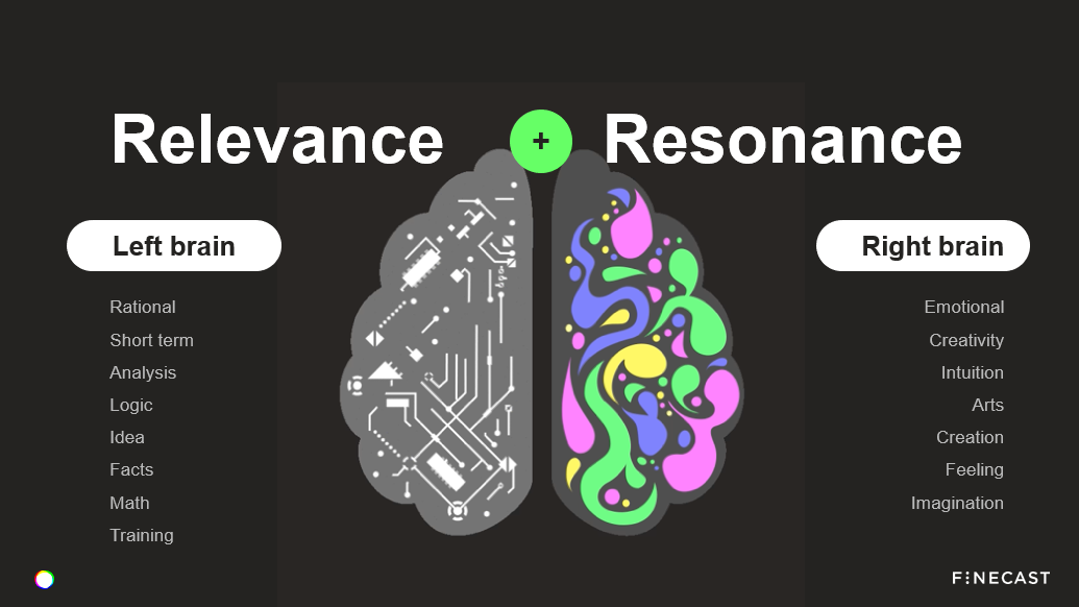
[1] Ten 10 key factors driving advertising effectiveness, ThinkTV
Addressable TV is facilitating a creative reawakening that will re-balance the performance equation
Creative messaging in addressable TV
The globally increasing desire for creative messaging solutions signifies that change is coming quickly. Progress in this area will be the result of a team effort across clients, broadcasters and technology partners. From a GroupM Nexus and WPP point-of-view, creative success will be heavily underpinned by technology. To create a real impact in addressable TV, the right people, partners and platforms will need to converge.
At a minimum, we need a formula that includes creativity, technology and humanity. Then, for addressable TV to have the greatest impact, this equation can be enhanced by media integration, nimbleness and empirical evidence.

Media Integration: The Cadbury’s Celebration campaign in India used AI technology to turn Shah Rukh Khan (Bollywood Star) into a small business ambassador during the Indian festival of Diwali.
Nimbleness: Volvo in Belgium responded to the cancelled Brussels motor show (representing 30% of the yearly sales target) with a Volve Street Configurator – a new way to display and sell cars.
Empirical Evidence: KFC Germany launched its new vegetarian menu with a geographic targeting strategy. Using local and product-based data feeds, the creative messaging was adapted and dynamically targeted to the viewer’s location, showing them their nearest KFC store and a QR code to enable immediate purchases.
These are all examples of how technological advancements are now enabling brands to bridge the TV viewing experience with consumer and commerce experiences. It’s an opportunity that is still to be fully explored.
Importantly this is not about changing the approach to creativity in TV, rather it’s about optimising the creative asset for addressable media placement. This is made possible through partnerships. Be that Satalia for AI expertise, System1 for panel testing of creative effectiveness, or Choreograph Create to make the pre-optimised ad more personalised through the generation of multiple versions.

